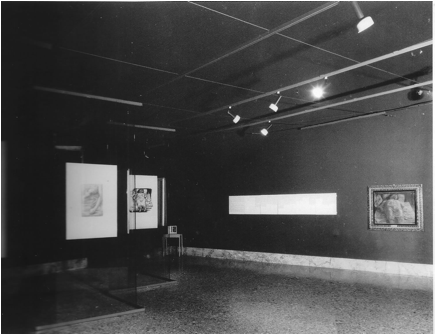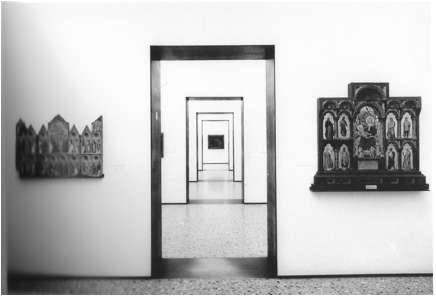 |
||||||||||||||||||||
 |
||||||||||||||||||||
|
||
Right now the painting is conserved into a particular techa built for it. It is a retractable showcase that the Central Institute for Restoration and the Opificio delle Pietre Dure suggested for delicate kind of paintings like the Dead Christ. The techa developed by Brera Pinacoteque’s laboratory completely encloses the paint, allowing the object of art to be displayed with its original frame. The reduced thickness of the theca is hidden partially by the frame, giving the viewer the feeling of watching a picture not enclosed. Central Institute for Restoration and the Opificio delle Pietre Dure. The Lamentation over the Dead Christ's showcase The original frame is fixed to the structure of the device case with removable adhesives, not-aggressive resins and neutral silicon. Brera Pinacoteque utilizes this kind of techa in order to allow inspections of the backside of the paint, without having to open the whole showcase thanks to a retractable glass case. The back of the theca is in glass and the fixing of the same display case to the wall allows its rotation around one of the vertical sides by a hinge. |


